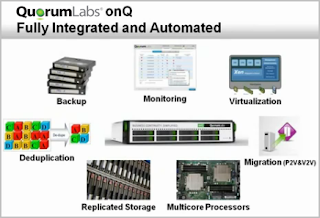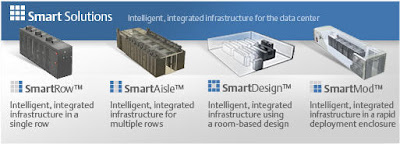The first panel speaker, Peter Sacco, President of PTS Data Center Solutions, provided a solid overview of the DCIM sector, functional areas, and challenges faced by both manufacturers and end clients. He then put manufacturers on notice. Mr. Sacco stated there are 100+ companies producing hardware, software, and/or platforms for DCIM. The problem is that typically each company’s offering does one or two of the functional requirements well, others less well, and others not at all. Worse, little effort is made to work with one another although that is becoming less so as providers are realizing their own limitations.
As such, what data center managers really seek for DCIM, easy access to meaningful data that seamlessly correlates to actionable plans, has yet to be realized. In support of this supposition, Pete mentioned the Uptime Institute’s 2010 paper Data Center Infrastructure Management: Consolidation, But Not Yet which notes the market for data center infrastructure management systems will grow from $500 million in 2010 to $7.5 billion by 2020. So far, this hyper growth hasn't materialized as the holy grail of DCIM has been stunted by under powered solutions or solutions that are difficult to deploy.
The remainder of the DCIM panel discussion centered upon manufacturer and user challenges, new developments within the industry, and future directions as panelists compared existing solutions and viability of current deployments.
Beyond the DCIM panel, a second panel discussion focused on Lessons Learned from the aftermath of Hurricane Sandy. Various disaster recovery approaches, processes, and solutions were debated by the panelists. The event also included exhibits with lively discussions around many current hot topics in the data center community.
To learn more about Mr. Sacco's perspectives on DCIM, contact him via email, or download Pete's latest white paper Data Center Infrastructure Management - The Updated Elephant which provides a detailed review of the market for DCIM solutions. Additional DCIM solutions are available on the PTS website. More information on the Data Center Summit is available at Data Center Knowledge.








.jpg)




























